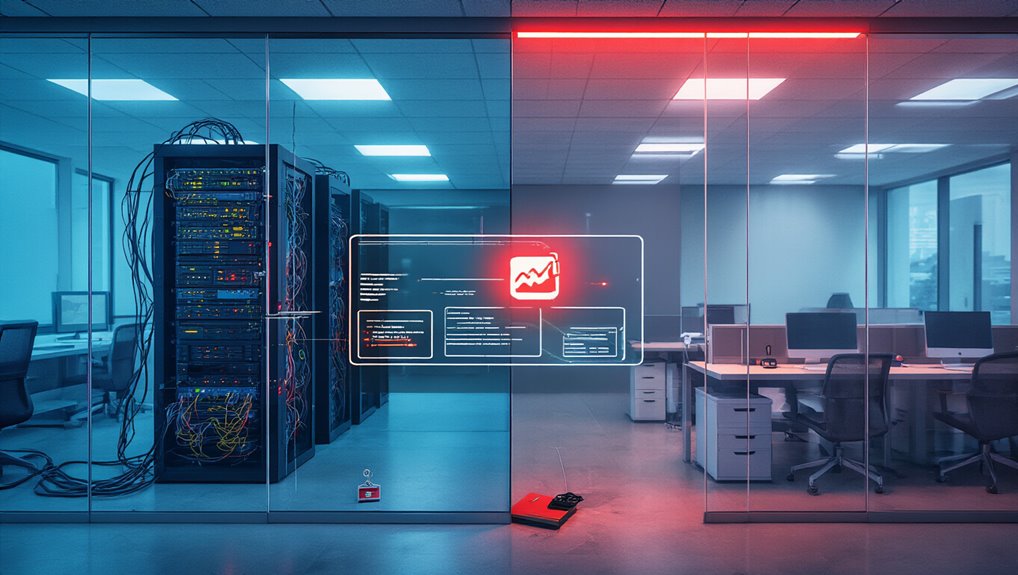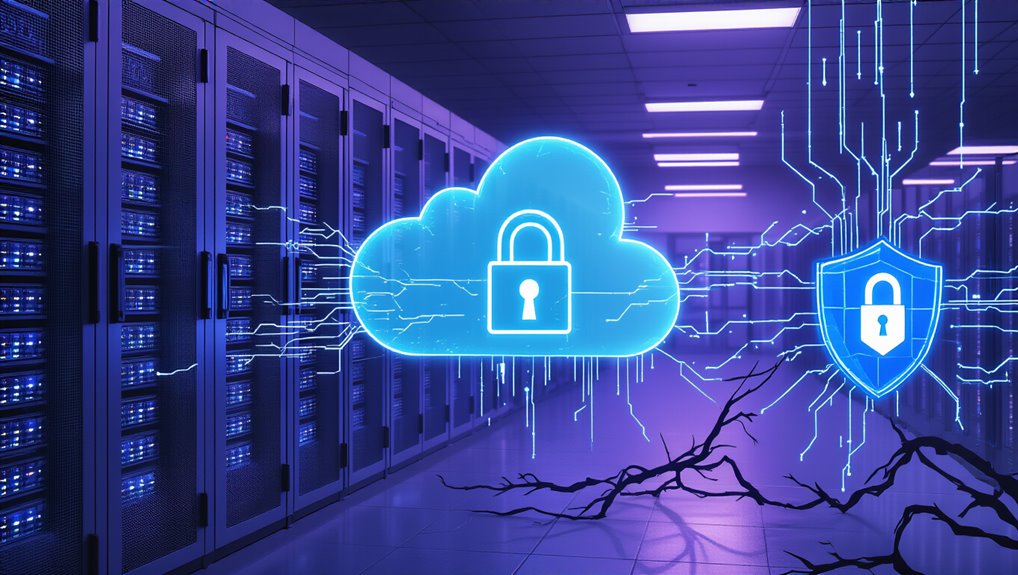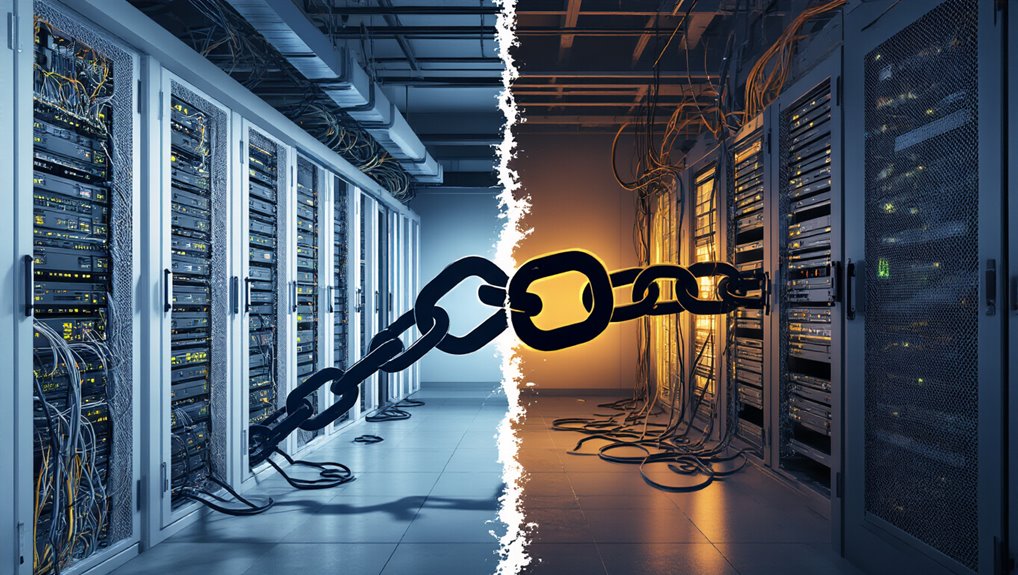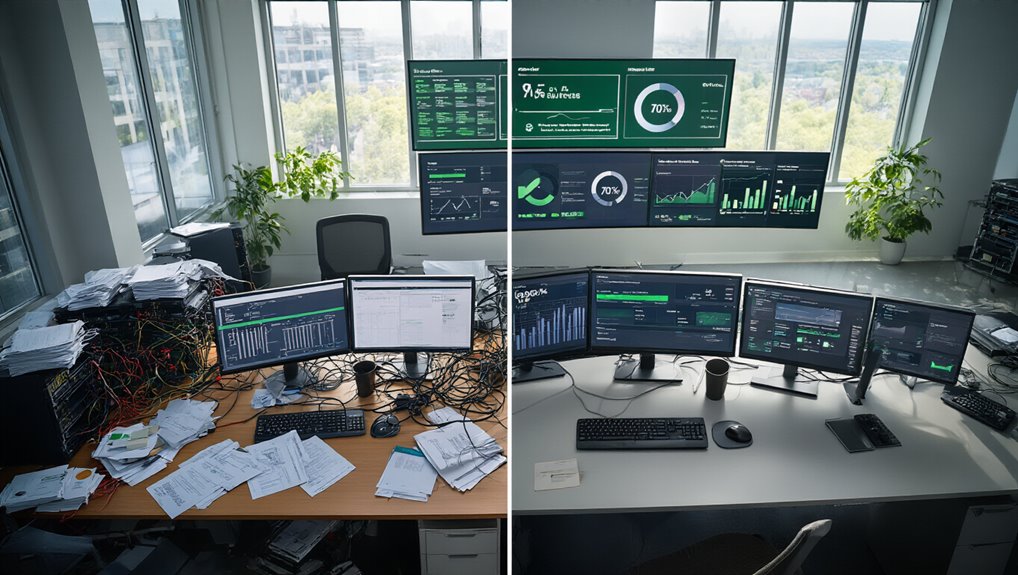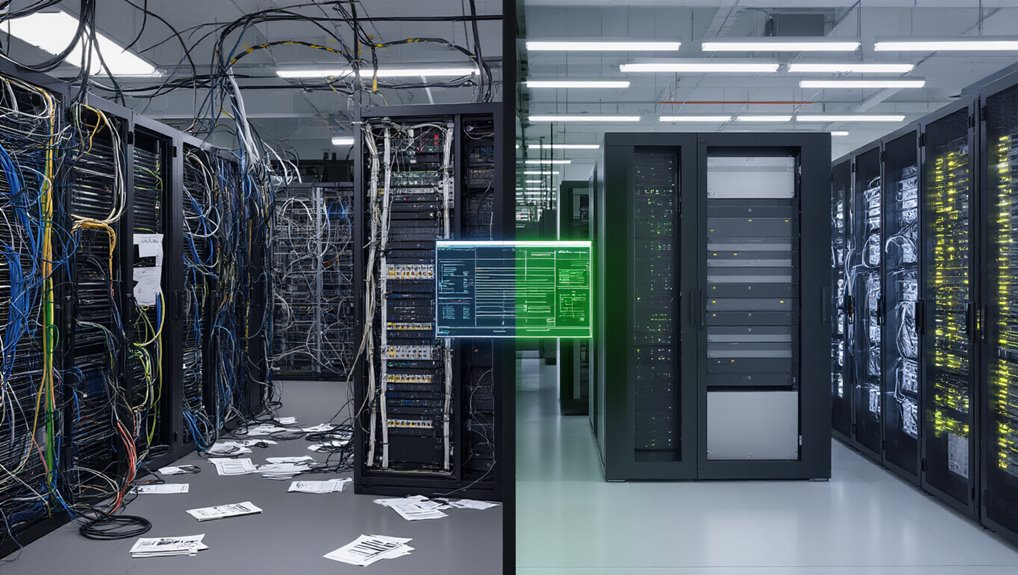A silent vulnerability lurks within many organizations’ first line of defense. IT service desks, designed to solve technical problems, often represent considerable cybersecurity risks due to their privileged access and susceptibility to human error. Research reveals that 95% of security breaches can be traced to human mistakes, frequently occurring at help desks or IT support tiers.
Service desk employees make prime targets for attackers. The Verizon 2024 Data Breach Investigations Report found that 74% of breaches involved the human element through error, misuse, or social engineering. These staff members possess elevated access rights necessary for resolving technical issues but creating opportunities for both accidental and intentional misuse. The rise in ransomware attacks by almost 70% in the first nine months of 2023 has made service desk vulnerabilities even more critical to address.
The absence of 24/7 monitoring compounds these vulnerabilities. Ransomware groups strategically time their attacks during off-hours when IT support is minimal or unavailable. This tactic proves effective—91% of employees desire around-the-clock IT support, yet many organizations cannot provide continuous monitoring. This gap is especially concerning since only 26% of leaders can recognize and respond to a major attack in under a day. The resulting extended vulnerability windows lead to increased breach success rates and costlier recoveries. Outsourcing IT services can mitigate this risk by providing continuous operations across different time zones, ensuring uninterrupted security monitoring.
Financial implications are substantial. The average data breach now costs $4.88 million, representing a 10% increase year-over-year. For small and medium businesses, the situation is particularly dire, as 46% of cyber breaches impact companies with fewer than 1,000 employees. These organizations typically rely on limited or outsourced service desk support with fewer security controls.
To mitigate these risks, organizations should:
- Implement multi-factor authentication for service desk systems
- Establish strict identity verification protocols
- Require supervisor approval for sensitive access requests
- Conduct regular audits of service desk access logs
- Provide continuous security awareness training for staff
When employees cannot access official support channels, they often turn to unauthorized solutions, creating shadow IT problems. This unauthorized technology introduces new security gaps and potential entry points for attackers, further expanding organizational risk.


